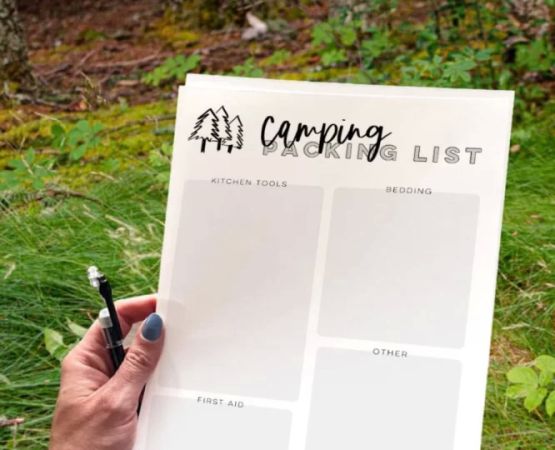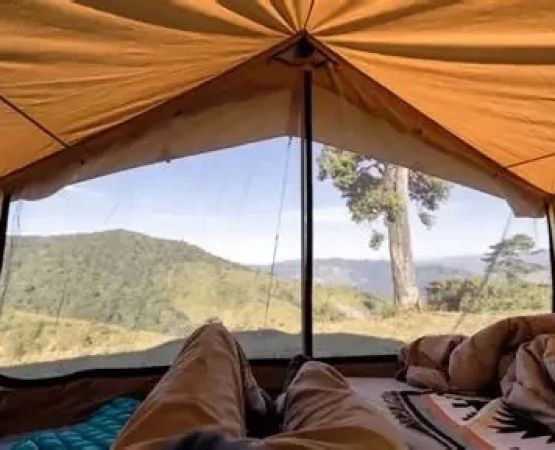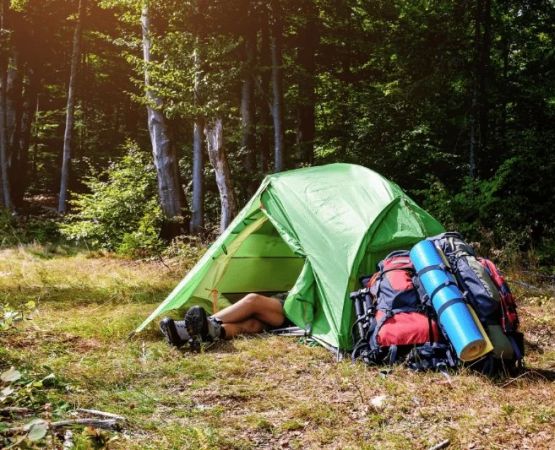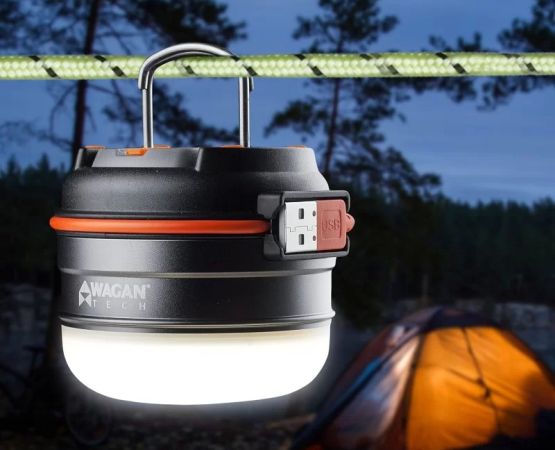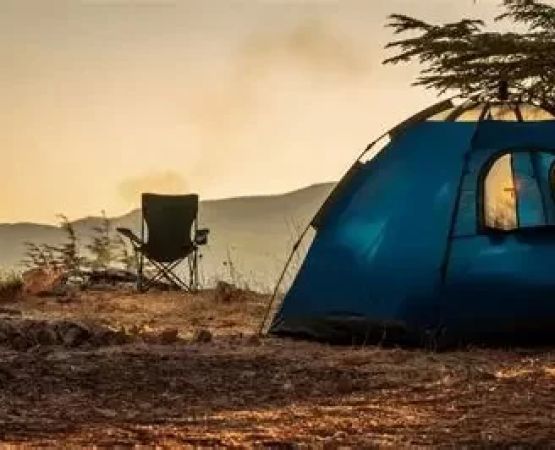How to Make the Most of Solar-Powered Equipment During Your Camping Trips
Camping in the wilderness has always been an escape from the hustle and bustle of city life. But with the growing need to stay connected and use energy on the go, it's becoming more common to rely on technology during outdoor adventures. This is where solar-powered equipment comes in, providing an eco-friendly, reliable solution for powering your devices and essentials while camping.
1. The Benefits of Using Solar Power While Camping
During one of my recent camping trips, I decided to try out solar-powered equipment. I was skeptical at first, but the experience was nothing short of amazing. Solar-powered gear not only keeps your devices charged but does so without harming the environment. Imagine being able to power your lights, charge your phone, or even run a mini-fridge, all while relying on the sun!
Some of the key benefits I experienced during my trip included:
- Independence from traditional power sources.
- Minimal environmental impact—no fuel or emissions.
- The satisfaction of using renewable energy for everyday needs.
2. Choosing the Right Solar-Powered Gear
When selecting solar-powered equipment, it’s important to consider your needs and the type of camping trip you're embarking on. For example, are you camping in a remote area with no access to electricity, or are you at a well-equipped site with access to amenities? Let me walk you through a few essentials I recommend bringing along for a successful camping experience.
2.1 Solar Panels
The first thing you need for solar-powered camping is a solar panel. Not all solar panels are made equal, so I highly recommend investing in a high-quality, portable solar panel. This allows you to charge devices like smartphones, cameras, and even a power bank. When choosing solar panels, consider the wattage—higher wattage panels will charge devices faster, but might be bulkier.
On my last trip, I used a 60-watt solar panel, which was perfect for my needs. I had enough power to keep my phone and portable speakers running, and it didn’t take up too much space in my backpack.
2.2 Solar Power Banks
If you want to ensure that your devices stay charged throughout the day, a solar-powered power bank is a great addition. These power banks store energy that’s collected from the solar panels, giving you a reliable way to charge your electronics even when the sun isn’t shining. A good power bank can charge multiple devices simultaneously, and some even have built-in LED lights for added convenience at night.
3. Setting Up Your Solar-Powered Equipment
Setting up solar-powered equipment during your camping trip is simpler than you might think. Here's what I did:
- First, I placed the solar panel in a sunny spot—ideally, facing directly toward the sun for optimal energy collection.
- I connected the solar panel to my power bank, which was placed in a safe, shaded spot to prevent overheating.
- Throughout the day, I kept an eye on the panel’s position, adjusting it to follow the sun's path to maximize charging efficiency.
By the time evening arrived, I had fully charged my power bank and was able to enjoy a night of music and light without any worries.
4. Maximizing Solar Power Efficiency
One of the most important things to consider when using solar-powered equipment is efficiency. While the sun can be an incredible source of energy, it's not always consistent. Here are a few tips I found helpful for making the most of solar energy during my camping trips:
4.1 Monitor the Weather
Cloudy or overcast days can slow down the charging process, so I always check the weather forecast before heading out. If I know it’s going to be cloudy, I plan to bring extra power banks or a backup solar charger just in case.
4.2 Use Energy-Efficient Devices
One of the best ways to ensure that your solar-powered gear lasts throughout your trip is by using energy-efficient devices. For instance, LED lights consume far less power than traditional incandescent bulbs. Additionally, choosing low-energy gadgets for your camping trip will help conserve the energy your solar panels collect.
4.3 Charge Early in the Day
The earlier you start charging your devices, the better. The sun is usually at its peak in the midday hours, which means you’ll get the most energy collected from your solar panel during this time. I always made sure to get my devices charged early in the day so that I didn’t have to worry about them later on.
5. Real-Life Camping Stories: Using Solar Power on My Trips
There was one trip that truly highlighted the value of solar-powered equipment. My friends and I camped at a remote site, hours away from the nearest town. We didn’t have any electricity or running water, but we had our solar panels. By day two, we had already charged up all our devices and used the solar-powered lanterns to brighten up the campsite. The sense of satisfaction that came from using renewable energy was something I won’t forget.
At night, we were able to stay connected with the outside world by charging our phones and sharing our camping adventures on social media. It felt amazing knowing that we were treading lightly on the earth, without needing to rely on fossil fuels or disposable batteries.
6. Pine Cliff Resort: The Perfect Place for Solar-Powered Camping
If you’re looking for a camping destination that supports sustainable and eco-friendly practices, look no further than Pine Cliff Resort. Not only is it a beautiful and serene getaway, but they also embrace green energy solutions like solar power. Whether you're an experienced camper or new to the scene, Pine Cliff Resort offers the perfect setting for your next solar-powered camping adventure.
From solar-powered showers to charging stations, Pine Cliff Resort ensures that your camping experience is as eco-friendly as possible. So, what are you waiting for? Pack your solar-powered gear, head over to Pine Cliff Resort, and start enjoying the outdoors in a whole new way!

